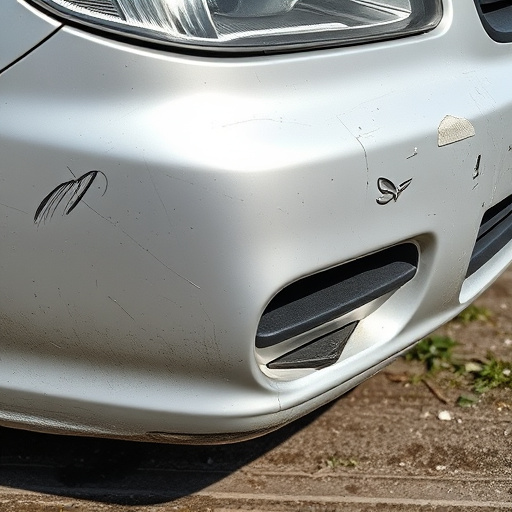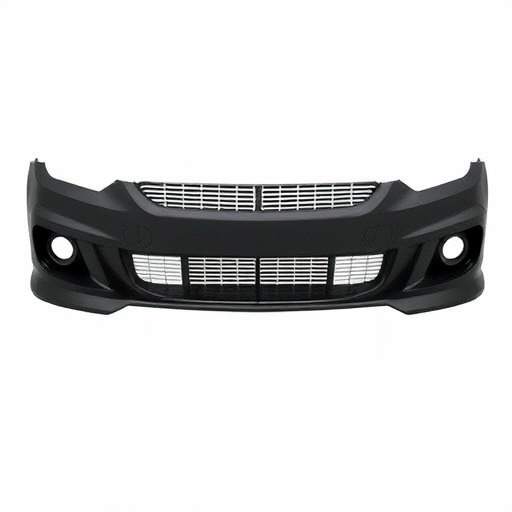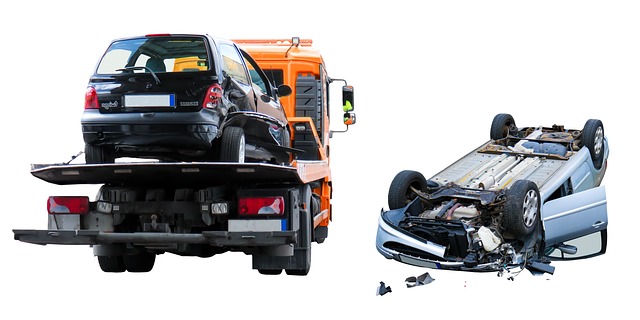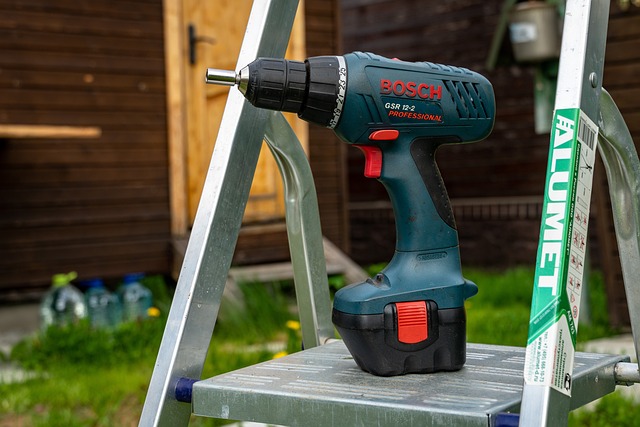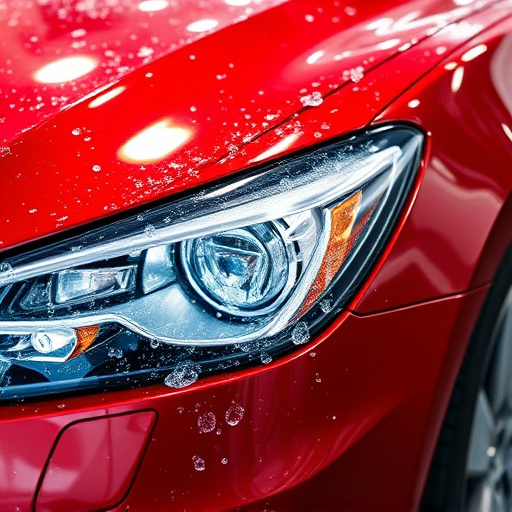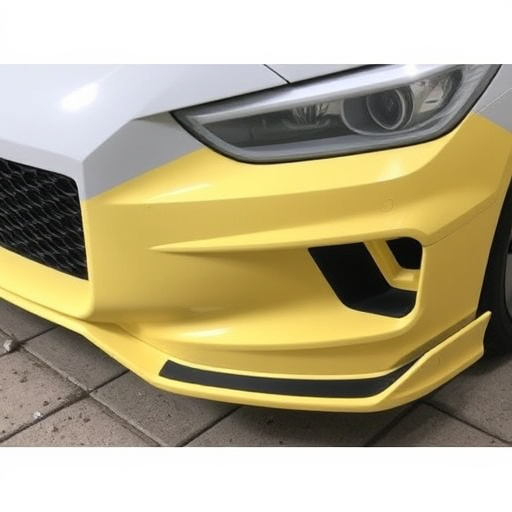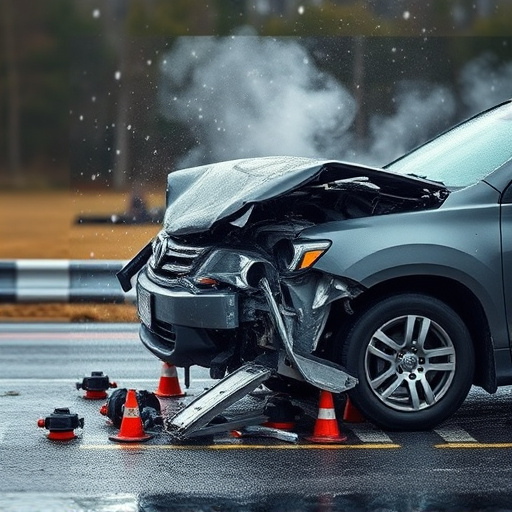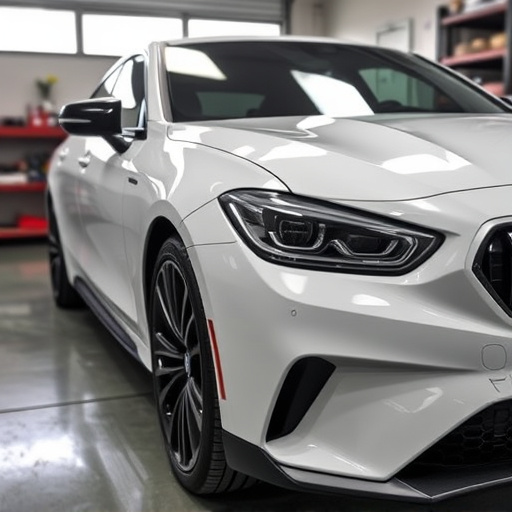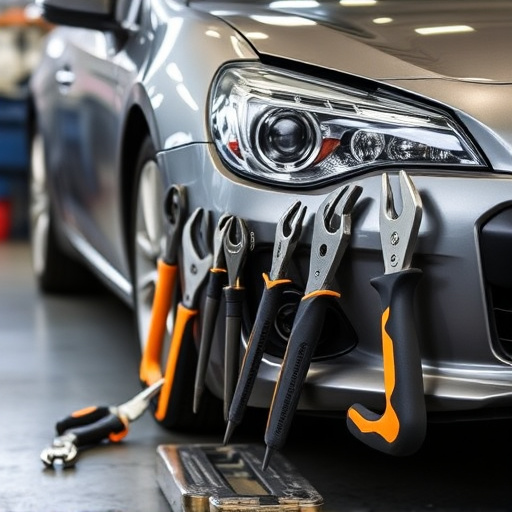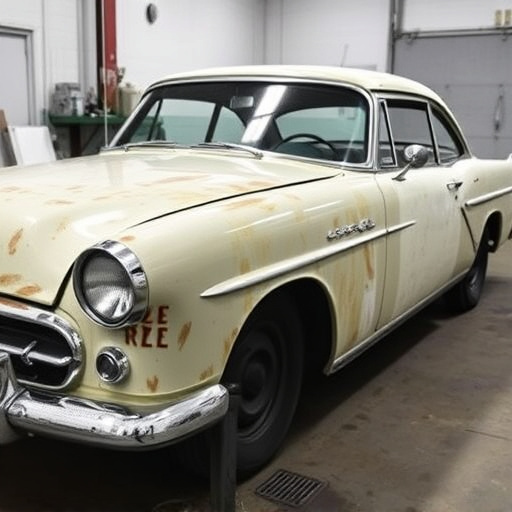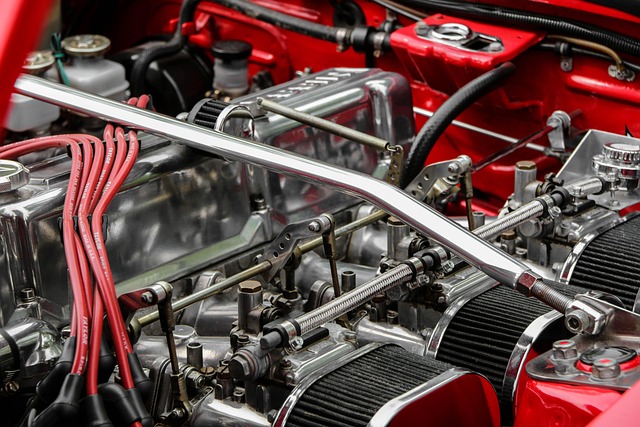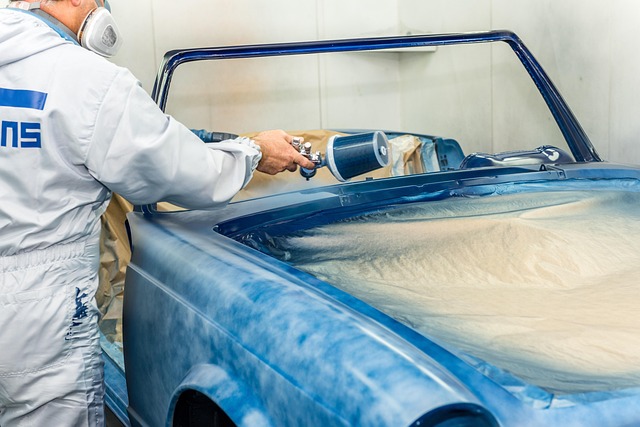OEM standards are essential for guaranteed collision repair, ensuring vehicles meet original aesthetic and structural conditions through precise guidelines covering materials, assembly, and finishing, ultimately preserving safety, resale value, and customer satisfaction.
“In the realm of automotive restoration, ensuring precise and safe repairs is paramount. Here, we explore the pivotal role of Original Equipment Manufacturer (OEM) standards in delivering top-tier guaranteed collision repair services. Understanding OEM standards enhances the accuracy and consistency of parts replacement, ultimately benefitting collision centers and their customers. This article delves into the advantages of adhering to OEM guidelines, focusing on quality, safety, and the overall enhancement of repair outcomes.”
- Understanding OEM Standards in Automotive Repair
- Benefits of OEM Compliance for Collision Centers
- Ensuring Quality and Safety Through OEM Guidelines
Understanding OEM Standards in Automotive Repair

OEM standards play a pivotal role in ensuring quality and consistency in guaranteed collision repair services. These standards refer to the specific guidelines and specifications set by Original Equipment Manufacturers (OEMs) for vehicle parts and assembly processes. When an automotive body shop adheres to OEM standards, it guarantees that the repaired vehicle will be restored to its original condition, both aesthetically and structurally. This is crucial for customers seeking guaranteed collision repair, as it ensures their vehicle’s safety and resale value.
Understanding OEM standards involves comprehending the meticulous details of vehicle bodywork repairs. It includes precise measurements, specific paint codes, and adherence to factory-recommended procedures. By following these guidelines, an automotive body shop can provide accurate collision damage repair, ensuring that every panel, joint, and finish is flawlessly restored. This level of precision not only meets but exceeds customer expectations for a top-notch automotive body shop experience.
Benefits of OEM Compliance for Collision Centers

The adherence to Original Equipment Manufacturer (OEM) standards is a cornerstone for collision centers aiming to deliver top-notch guaranteed collision repair services. By aligning their processes and parts with OEM specifications, these facilities ensure that vehicles return to their pre-accident condition, maintaining original fit, finish, and safety features. This level of compliance goes beyond mere aesthetics; it’s crucial for preserving the structural integrity of cars, which is vital in the event of future accidents or mechanical issues.
OEM compliance offers collision centers several advantages. It enhances customer satisfaction by ensuring vehicles are restored to their optimal state, thereby extending their lifespan and safety. Moreover, adhering to OEM standards fosters trust between repair shops and clients, positioning these centers as experts in automotive collision repair. This reputation can be a significant differentiator, especially for those facing competition from less stringent or unregulated repair facilities, even when dealing with seemingly minor incidents like fender benders, ultimately contributing to the overall quality of car body restoration services.
Ensuring Quality and Safety Through OEM Guidelines

In the realm of guaranteed collision repair, Original Equipment Manufacturer (OEM) standards serve as a crucial guide for achieving top-tier quality and safety. These guidelines are meticulously designed to ensure that vehicle bodywork repairs align with the original car manufacturer’s specifications. By adhering to OEM standards, collision repair facilities can maintain the structural integrity and aesthetic precision of the car body, effectively addressing various types of car damage repair.
OEM directives encompass a wide range of aspects, from material specifications and welding techniques to painting methods and finish quality. This comprehensive approach ensures that every component of the vehicle bodywork is restored to its original state or improved upon while preserving the overall performance and reliability of the car. Thus, when a collision repair facility follows these guidelines, it guarantees not just visually appealing repairs but also the safety and longevity of the car’s structure.
OEM standards play a pivotal role in ensuring high-quality and safe guaranteed collision repair. By adhering to these guidelines, collision centers can deliver superior results, maintain vehicle integrity, and provide peace of mind to customers. The benefits of OEM compliance are clear: improved precision, reduced warranty issues, and enhanced customer satisfaction. Embracing OEM standards is not just a best practice; it’s essential for modern collision repair facilities aiming to excel in their field.
